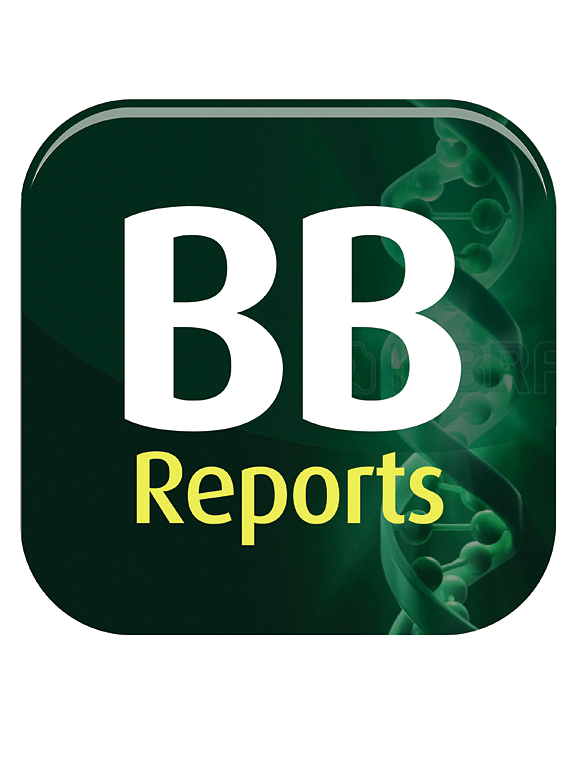胰岛素的多重性:综合生物信息学分析和机器学习确定了2型糖尿病的关键基因
IF 2.2
Q3 BIOCHEMISTRY & MOLECULAR BIOLOGY
引用次数: 0
摘要
背景:胰岛素治疗仍是T2DM最重要的治疗方法,但关于胰岛素对T2DM患者是利多还是弊多的讨论一直没有停止。因此,我们采用高通量RNA测序来研究胰岛素在T2DM中的作用及其分子变化。方法采集16例T2DM患者外周血标本,对其外周血单个核细胞进行rna测序。利用生物信息学分析和机器学习技术鉴定关键差异基因和转录因子网络。此外,我们通过流式细胞术和染色观察两组pbmc的ROS水平和内皮-单核细胞粘附。结果经生物信息学分析,共鉴定出529个差异基因。8个基因被鉴定为关键基因,其中IL-6在随机森林模型中具有较高的重要性。在转录因子分析中,IL-6、RETN、CTSG和ELANE具有丰富的转录调控关系。流式细胞术显示,胰岛素治疗组ROS生成、吞噬、白细胞粘附均低于非胰岛素治疗组。结论胰岛素治疗是双向的,可引起胰岛B细胞损伤和血管并发症,但也可降低炎症和氧化应激水平。本文章由计算机程序翻译,如有差异,请以英文原文为准。
The duplexity of insulin: The integrated bioinformatics analysis and machine learning identified key genes for type 2 diabetes
Background
Insulin therapy is still the most important treatment for T2DM, but the discussion about whether insulin brings more benefits or harms to T2DM patients has not stopped. Therefore, we used high-throughput RNA sequencing to investigate the role of insulin in T2DM and its molecular changes.
Method
We collected peripheral blood samples from 16 patients with T2DM, and performed RNA-seq on peripheral blood mononuclear cells. Bioinformatics analysis and machine learning were uesd to identify the key differential genes and transcription factor networks. In addition, we performed the flow cytometry and staining to observe ROS level and endothelial-monocyte adhesion in PBMCs of both groups.
Results
A total of 529 differential genes were identified by bioinformatics analysis. 8 genes were identified as key genes, among which IL-6 had high importance in the random forest model. In transcription factor analysis, IL-6, RETN, CTSG and ELANE have abundant transcriptional regulatory relationships. Flow cytometry showed that ROS production, phagocytosis, leukocyte adhesion in insulin treatment group were lower than that in non-insulin treatment group.
Conclusion
Insulin therapy is bidirectional, it can cause islet B cell damage and vascular complications, but also can reduce the level of inflammation and oxidative stress.
求助全文
通过发布文献求助,成功后即可免费获取论文全文。
去求助
来源期刊

Biochemistry and Biophysics Reports
Biochemistry, Genetics and Molecular Biology-Biophysics
CiteScore
4.60
自引率
0.00%
发文量
191
审稿时长
59 days
期刊介绍:
Open access, online only, peer-reviewed international journal in the Life Sciences, established in 2014 Biochemistry and Biophysics Reports (BB Reports) publishes original research in all aspects of Biochemistry, Biophysics and related areas like Molecular and Cell Biology. BB Reports welcomes solid though more preliminary, descriptive and small scale results if they have the potential to stimulate and/or contribute to future research, leading to new insights or hypothesis. Primary criteria for acceptance is that the work is original, scientifically and technically sound and provides valuable knowledge to life sciences research. We strongly believe all results deserve to be published and documented for the advancement of science. BB Reports specifically appreciates receiving reports on: Negative results, Replication studies, Reanalysis of previous datasets.
 求助内容:
求助内容: 应助结果提醒方式:
应助结果提醒方式:


